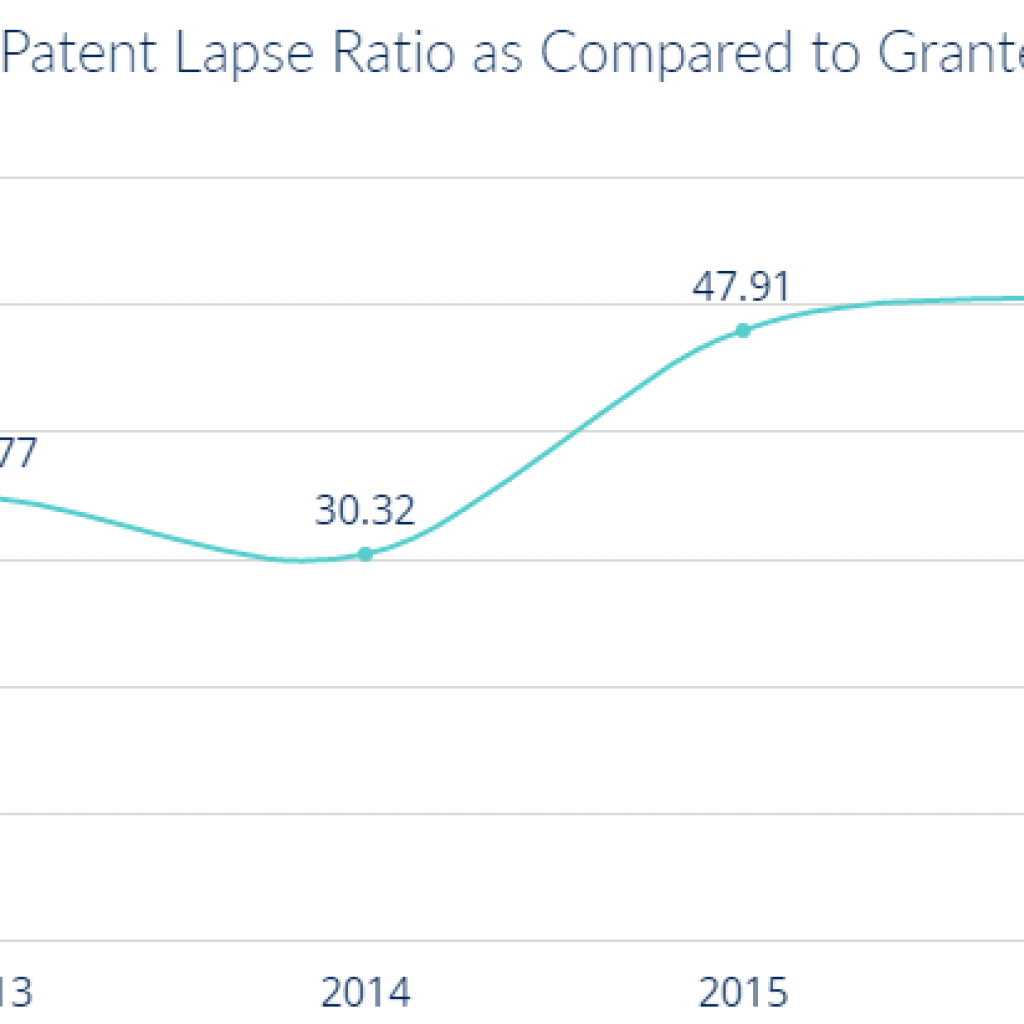Did you know that annual reports are a treasure trove of information to get data for M&A risk assessment, competitor intelligence, or supply chain financing projects? Well, if you didn’t know, an annual report analysis can help you take the right steps during collaborations, mergers, and acquisitions and enhance the company’s business strategy.
Most of my year was devoted to analyzing annual reports for various such projects, and they were invaluable in extracting data that was not readily available.
In this article, I will be sharing snippets of information I have found from annual reports and sec filings that helped me tremendously during several landscape projects.
Let’s start with the first one, shall we?
1. Supply Chain Financing opportunities
The CFO of a leading bank requested a search to identify potential customers for its financing programs. They aimed to fund companies with working capital requirements. To gather this information, we simply sifted through the annual reports of multiple companies. And landed on the exact information our clients requested for.
From the highlighted text of one of the company’s annual reports below, we can deduce that the company might face working capital troubles with its suppliers and customers. We shared this information with the client and suggested a way to capitalize on these financing opportunities.

2. Potential Supply Chain Financing Partners Using Credit Period Analysis
During a recent project, the CFO of a bank needed to expand its customer base by identifying potential customers.
With precision, I scrutinized the credit period data extracted from our annual report analysis of different companies. We then analyzed the data and provided them with information about companies needing financing.
This gave them a better understanding of who can they potentially supply financing in the future, thereby fulfilling their agenda.

3. Future product innovation strategies
We recently received a request from the VP of Strategy of a leading pharmaceutical company to do a competitor analysis of one of their biggest competitors. During the same, I found a core innovation area by analyzing the target company CXO’s statement in their annual report. The highlighted statement showed me that they were innovating in a sector that our client could also venture into.

On further research, we found that the company was launching new products in that area and was partnering with other companies to develop related solutions. This leads me to understand the innovation focus area of the client’s competitor.
With this heads up, I advised the client on which companies to collaborate with or acquire to get the best of the market segment.
4. M&A Risks The Company Poses To Its Competitors
While working on an M&A risk assessment requested by a Chief Legal Officer of a company in the packaging domain, we also analyzed a competitor’s annual report. It led us to identify potential risks which the company might face after entering into the new domain they want to expand into.
The given screenshot is an insight from an annual report that helped our client ensure they aren’t exposed to potential litigation during their deal.

Venturing into a new domain can lead to apprehensions when there are hurdles. However, knowing about them beforehand can help a company decide for the future.
5. Competitor’s Growth Strategy
A recent request for a competitor analysis called for a microscopic search through annual reports.
In them, I found some small but essential acquisitions by competitor companies. These acquisitions highlighted the competitors’ thought processes for growth and development.
In addition, they also underlined how armed with resources our client’s competitors are in case of any litigation or potential competition threats by analyzing the increased number of licensed patents in their portfolio.




6. The Expiry Date Of Patents Corresponding To Drugs/Products Offered By A Competitor
Often it takes a lengthy procedure to extract the patents of a company and then correlate them with their product to understand which products have low remaining life. However, when I was perusing the annual reports of a company I was looking into for a project request, I found the expiry dates of the IP they owned for each product. Through this data, I could understand the strengths and weaknesses of their IP portfolio without having to conduct the analysis myself.


7. The Trends And Strategies In The Industry
To research the trends in the dairy industry, I analyzed the annual reports. They provided me with lots of information on what dairy industries are currently working on with the help of the statements of their board members.
This helped me advise my client with information that was between the lines and showcased an upcoming trend in the industry.

These are a few examples of how you can use annual reports and sec filings by the company to gather insights into their future plans, assess their strengths and weaknesses and build your business strategy.
But you don’t have to forage through these long exhaustive reports to decode your competitors’ business plans. With years of experience in landscaping, tech scouting, and startup scouting services, we have developed a knack for deciphering these annual reports and derive actionable insights for you. So you can focus on growing stronger in this competitive market.
Explore your competitor’s market interests and yearly targets in half the efforts and stay a step ahead in the game.
Authored By- Harleen Singh, Patent Analytics
Edited By- Moksha Jain, Marketing











